On test: Low-cost Dacia Duster 4×4 finally gets its polish
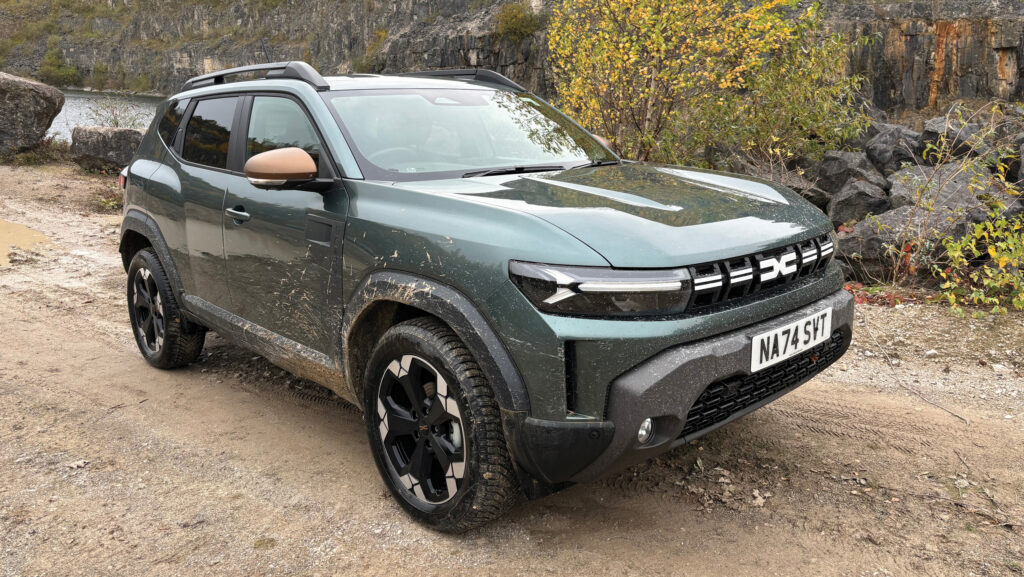 © James Andrews
© James Andrews We’re partial to a cheap off-roader on the Farmers Weekly Machinery desk.
While top-end vehicles can hide behind their plush trim and expensive add-ons, the budget end of the spectrum is where the really clever design has to happen.
Cue the new Duster 4×4 from Dacia.
Costing a shade less than £26,000, its engineers have had to find enough cash for a four-wheel-drive system, mild-hybrid drivetrain, and some profit, without making it look and feel like it was built by the Soviets.
See also: On test: Toyota’s super-frugal Rav4 plug-in hybrid
That price won’t seem bargainous to some but, to put it into context, the very cheapest new cars you can buy these days – one of which is the Dacia Sandero hatchback – start at about £14,000, and you can easily spend more on a UTV.
One of the secrets to the Duster’s value is that it’s built around a generic platform used throughout the Franco-Romanian brand’s range; be it a Sandero hatchback, Jogger people carrier or the upcoming Bigster SUV.
Access to the Renault group’s back catalogue of parts and technology also helps.
But there’s no getting away from the fact that some deft engineering is required to magic all of this into a competent car with enough kerb appeal to sell.
Each generation of Duster has got better at this, with the current model doing a decent job of masking its frugality.
From the outside, it looks as good, if not better, than many far more expensive rivals, and it’s a similar story with the interior.
Obviously, there are some concessions – hard plastics are used throughout – but these are neatly broken up with textured panels and the odd pop of colour, which together give it a cheery lift.
How fast is it?
Not very, but it’s adequate. There’s only one powertrain for the 4×4 model, which is a revised version of the firm’s TCe 130 mild hybrid system.
This marries a 1.2-litre, three-cylinder petrol engine with a small 48V battery and electric motor to produce 130hp and 230Nm of torque.
The motor steps in when starting off and during acceleration, reducing fuel consumption and emissions, while also making it smoother to drive.
Charging isn’t necessary, as the small battery replenishes via regenerative braking without any input from the driver.
It isn’t quite as torquey as the 1.5-litre diesel that was available in the previous generation (we’re not allowed those anymore) and, according to Dacia, fuel consumption is a little greedier.
But it’s quicker off the mark, a little less gruff, and the cheaper price at the pumps will help offset the economy difference.
Moving to a more modern chassis has improved handling, so it now sits nice and flat when cornering.
Clearly, it’s not going to excite the keen helmsmen out there, but it’s comfortable and predictable.
A six-speed manual is the only transmission option, but it’s a fairly smooth shifter, and first gear is low enough that you can set off on rough terrain without needing a boot full of revs.
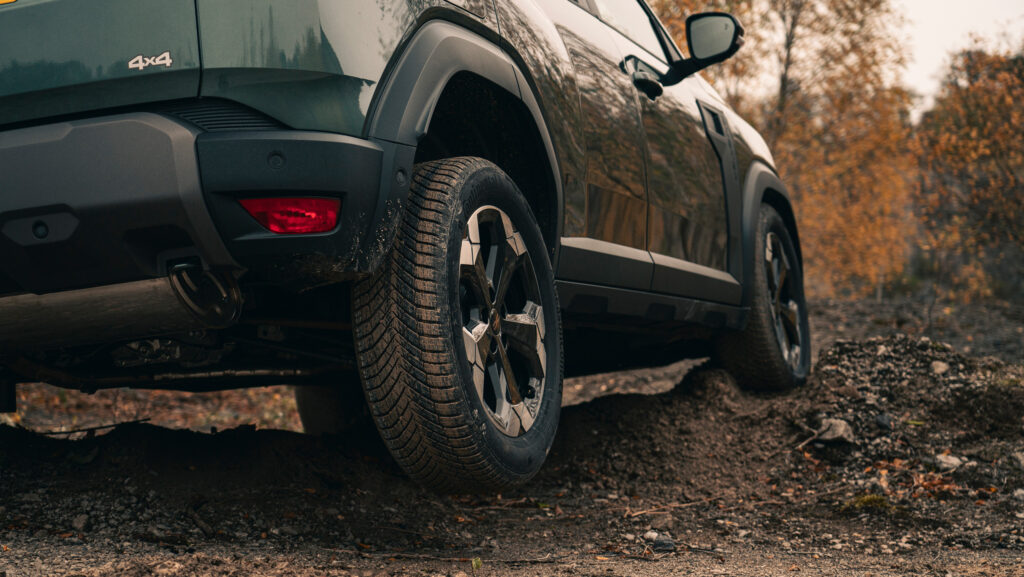
© Dacia
What’s it like off road?
The Duster uses the same four-wheel drive configuration as most small SUVs, and it’s plenty capable enough for this type of car.
As a rule, power from the transverse engine and transmission is sent predominantly to the front wheels, with a fancy clutch directing drive to the rear when required.
Drivers can either let the car work all this out for itself or select from a range of modes – snow, mud/sand, off-road and the like – each of which sets the car up slightly differently depending on the terrain ahead.
Dacia has backed up this ability with a raised ride height, 217mm of under-axle ground clearance, and approach/departure angles of 31deg and 35deg respectively.
There’s even hill descent mode that pulses the brakes to bring the car down steep slopes in a controlled manner without any input from the driver.
Systems such as this aren’t so important for proper off-roaders with a low range transfer box, but they come in handy where first gear is too high for engine braking alone to control descents.
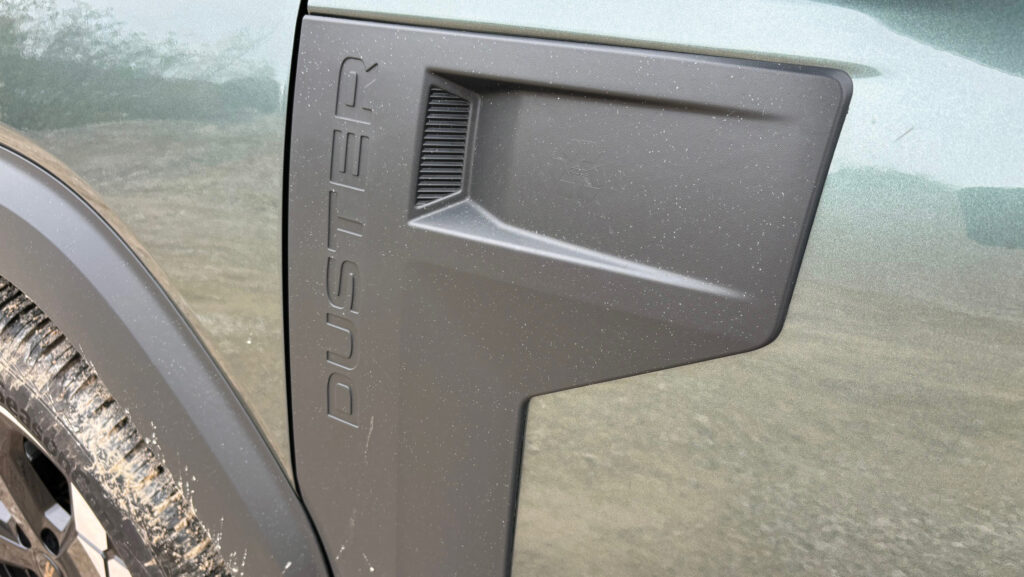
© James Andrews
Bodywork has been considered too, with partially recycled, non-painted plastic used in the most vulnerable areas.
Dacia has dubbed this “Starkle” and it’s the same colour all the way though so that minor scuffs and scrapes don’t spoil the looks.
Even all-season tyres come as standard, and they’re Continentals rather than nasty budget offerings.
A towbar can be fitted as well, which can pull braked trailers weighing up to 1,500kg.
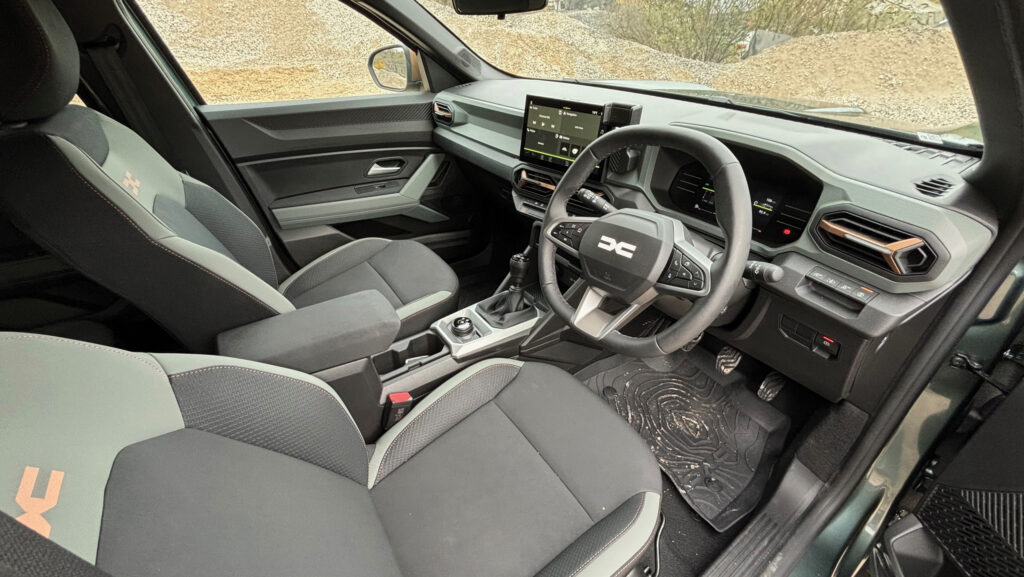
© James Andrews
Is it really basic?
The “extreme” model pictured is the highest of three spec levels available on 4×4 versions, and it’s far from basic.
There’s a 10-in touchscreen display with Apple Carplay and Android Auto, automatic air-conditioning, electric windows and cruise control.
Not to mention wireless phone charging and electric mirrors.
But even the most basic iteration comes with a decent amount of gear and, of course, all the obligatory safety kit, such as emergency braking, traffic sign recognition and lane departure warning.
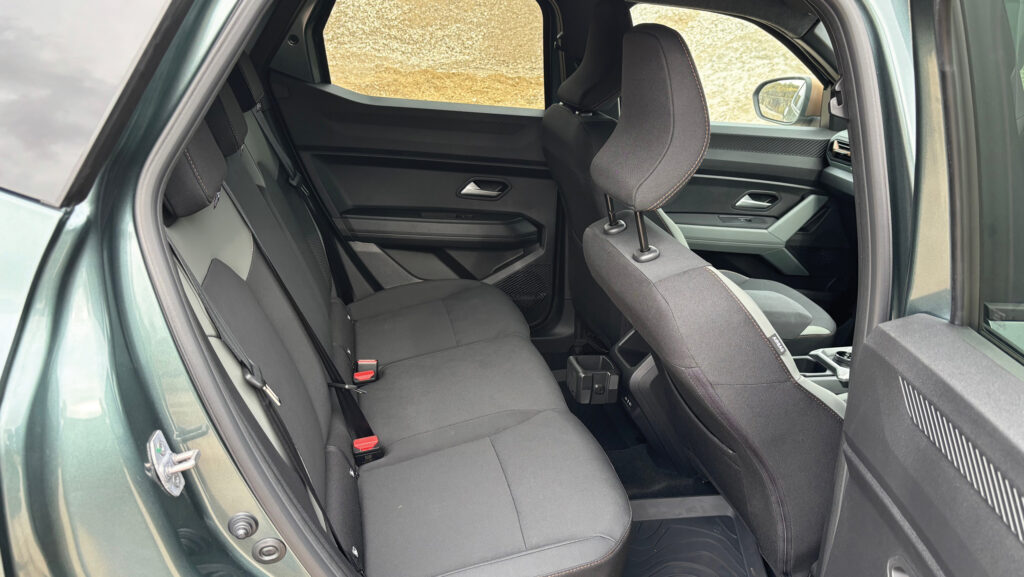
© James Andrews
How big is the interior?
Roomier than it used to be. Passengers have more space for their legs, the boot is larger and, with the rear seats folded down, it’ll even swallow a double mattress.
Dacia provides a custom “sleep kit” specifically for this purpose, which contains a fold-out bed complete with tray table and storage space.
Added to that, engineers created a neat, customisable storage system with mounting points dotted around the car. These can accept cup holders, lamps, pouches and phone/tablet holders.
Some of these are handy, but the phone holder is a bit flimsy and awkward to use.
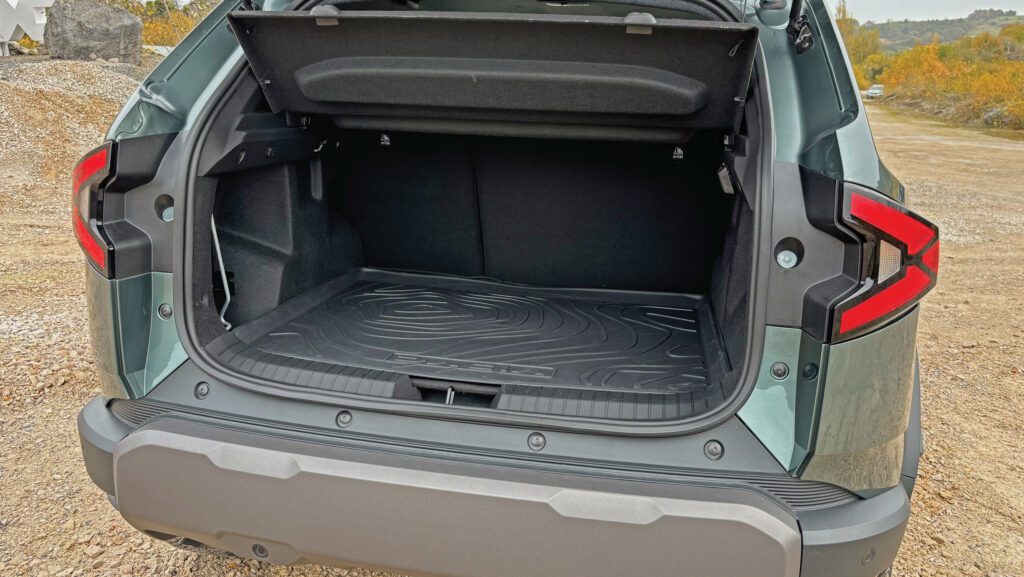
© James Andrews
Farmers Weekly verdict
Early Dusters had the looks and feel to match their bargain-basement price, but it never harmed sales.
Since its launch in 2010, Dacia has shifted more than 2.2m units, making it Europe’s best-selling SUV.
This new version looks good, is the nicest to drive yet, and still doesn’t cost the earth. Expect to see plenty more of them on UK roads.
Likes and Gripes
Likes
- Good off-road ability
- Keenly priced
- Decent design and build quality
Gripes
- Lower fuel economy than previous diesel
- No automatic transmission
- Engine noise
Other Duster models
Although we’ve focused on the 4×4 Duster here, two-wheel drive versions are by far the biggest sellers.
Buyers of these can pick from three powertrains.
A bi-fuel setup kicks things off, which runs on both petrol and LPG for peak frugal motoring.
The TCe130, as used on the 4×4 comes next, with a so-called Full Hybrid topping out the range.
This has a larger battery and motor, is capable of electric-only driving, and is the smoothest and fastest of the lot. It’s also the only model to feature an automatic transmission.
Dacia Duster TCe 130 4×4 Extreme
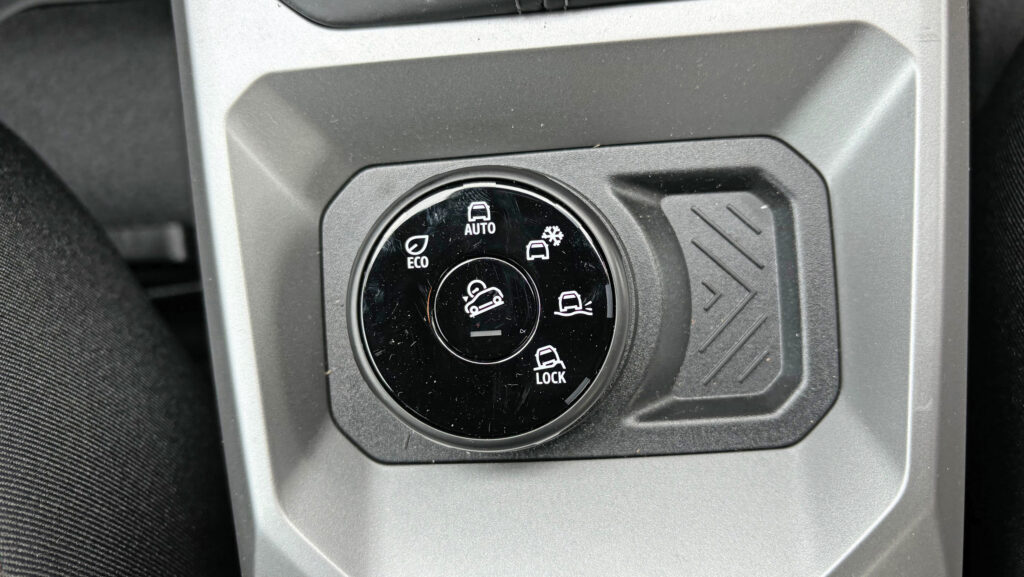
© James Andrews
- Engine 1.2 litre, 3-cylinder petrol with 48V mild hybrid system
- Power/torque 130hp/230Nm
- Transmission Six-speed manual
- 0-62mph 11sec
- Fuel economy (combined cycle) 46mpg
- Kerb weight 1,390kg
- Braked towing capacity 1,500kg
- Price £25,945 (plus £650 for metallic paint)
- Vehicle Excise Duty £270 a year
* Base spec Bi-fuel two-wheel drive available from £18,745

